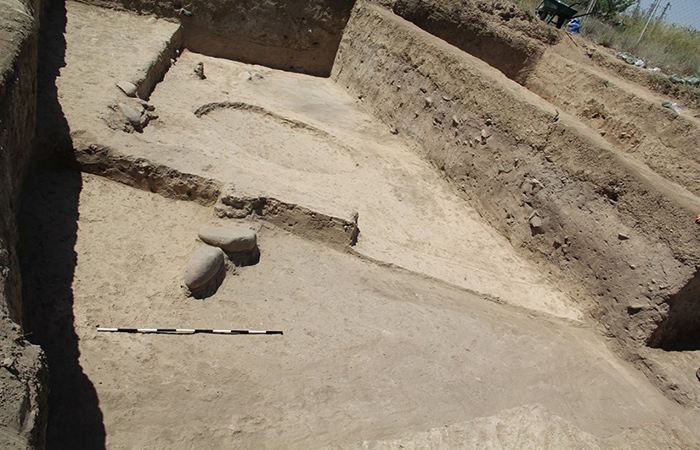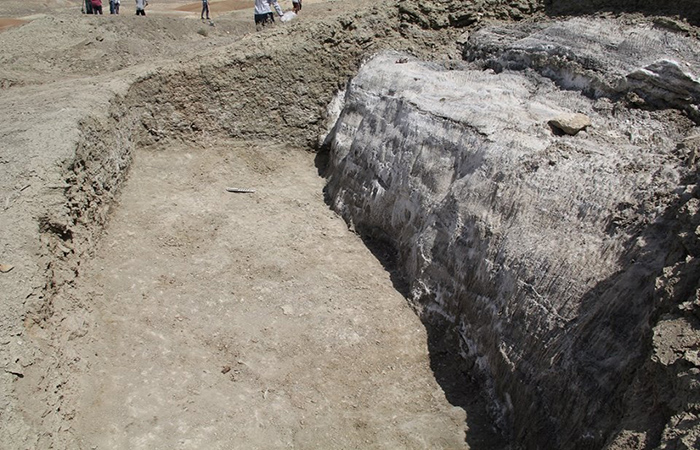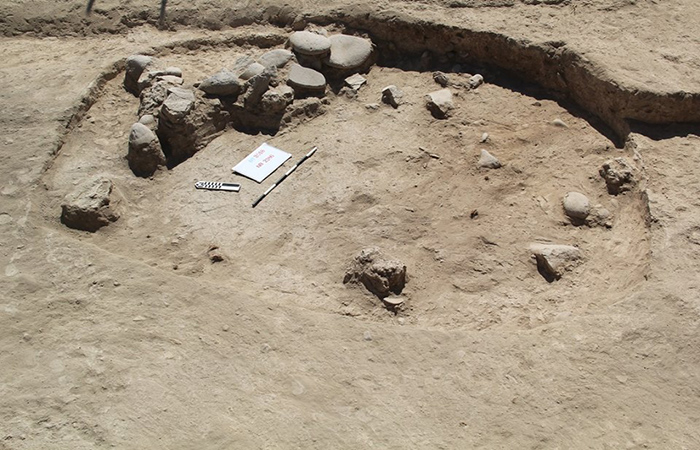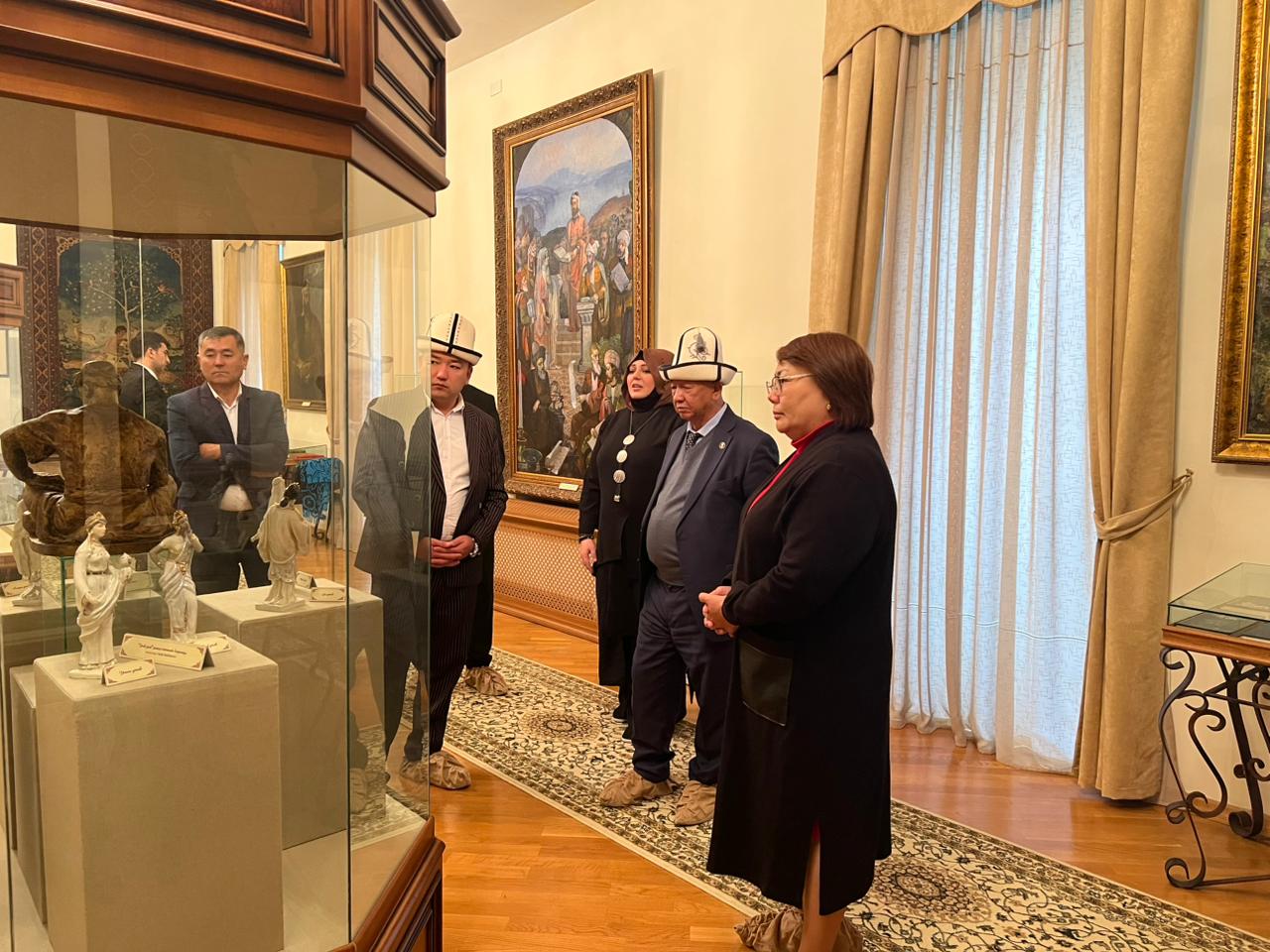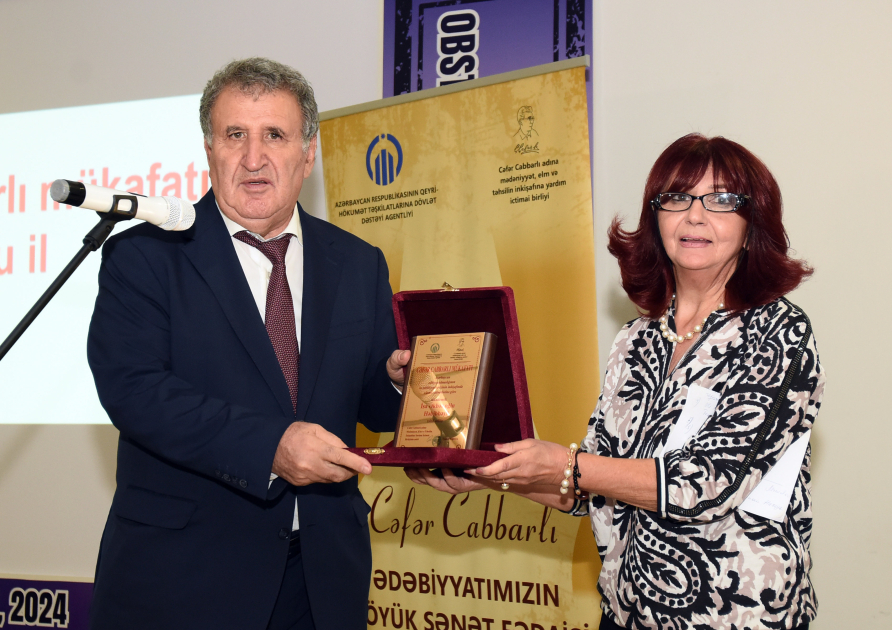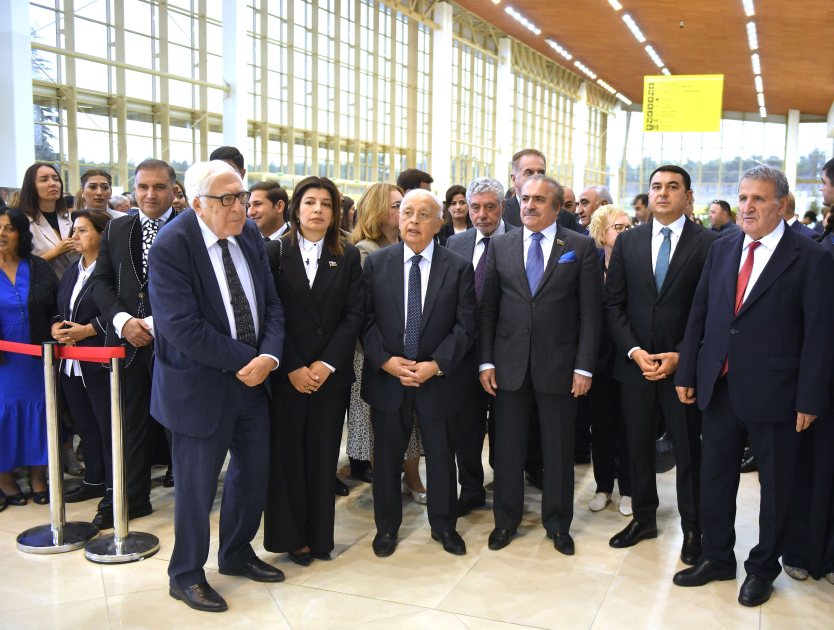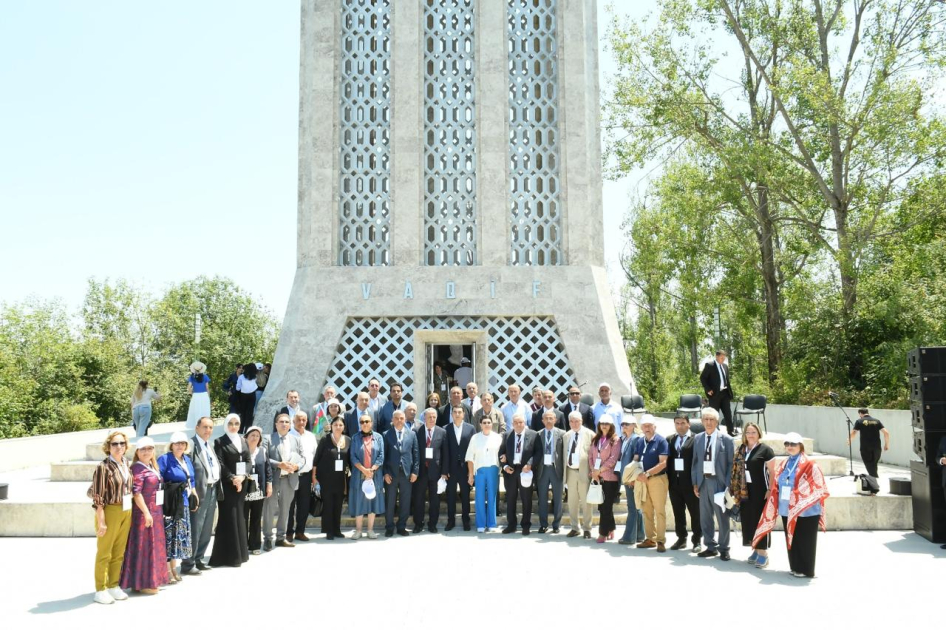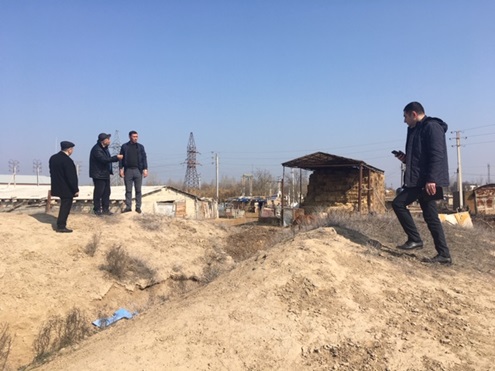- A-
- A
- A+
Researches on unique monuments in Nakhchivan continues
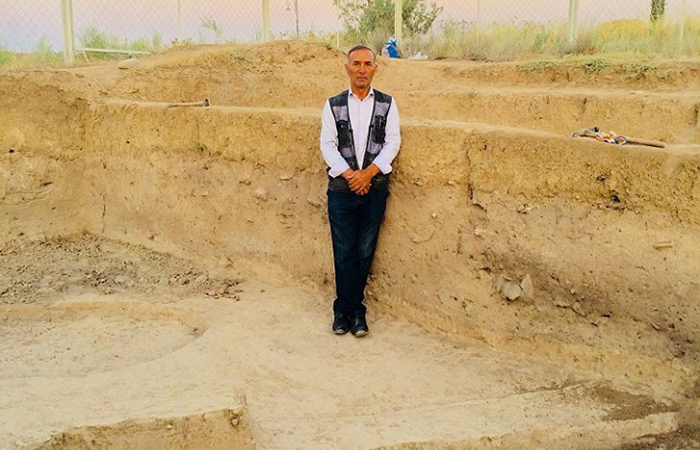
Nakhchivan's favorable natural and geographical conditions and natural resources played an important role in the formation of ancient cultures. The ancient cultures of Nakhchivan developed in the Middle East under the conditions of economic and cultural relations. The development of the economy and trade at the end of the third millennium BC, allowed the creation of urban-type settlements in Nakhchivan. The archaeological expedition of the Nakhchivan Department continues to carry out archaeological researches in Duzdag and Nakhchivan hills, in order to clarify problems related to urban culture in Nakhchivan, under the direction of Corresponding Member of ANAS Vali Bakhshaliyev.
As a result of researches, it became obvious that, Duzdag mines were the oldest salt mines in the world. At present, issues related to the salting, salt exchange and the importance of Nakhchivan salt in the Middle East and South Caucasus are being researched.
According to the correspondent member of ANAS V.Bakhshaliyev, during the researches, ceramic products and stone hammers have been found belonging to Early Bronze, Iron Age and Middle Ages. It was established that Nakhchivan's raw materials, including salt, were the basis for economic and cultural relations with the countries of the Middle East. Starting from the Eneolithic period, Salt has also been exported to Eastern countries for commercial purposes. The archaeological expedition of the Nakhchivan Division of ANAS, which is headed by V.Bakhshaliyev, is continuing to research Nakhchivan hill in Nakhchivan, in addition to Duzdag, in order to determine the socio-economic basis of the ancient city culture formation in Nakhchivan in June 2018. Studies show that this culture flourished in the southern regions of Azerbaijan and then spread to the south of Lake Urmia.
The archeologist noted that, as a result of this year's research, the remains of the early period of the eneolithic era - the remains of the early fifth millennium, labor instruments and ceramic specimens were discovered before our era. Nakhchivan hill inhabitants mainly used the Goycha and Sunik obsidian (type of volcanic glass of mountain rock). Raw materials such as copper, salt, and obsidian have stimulated the development of trade and economic and cultural relations and have created a basis for the formation of urban culture in the future. Future researches will allow for a clearer definition of the character and relationships between the Urmia Basin and Nakhchivan tribes. Studies will also clarify issues related to the formation of Dalmatepe culture.
©All rights are reserved. Citing to www.science.gov.az is necessary upon using news.
Similar News
Links
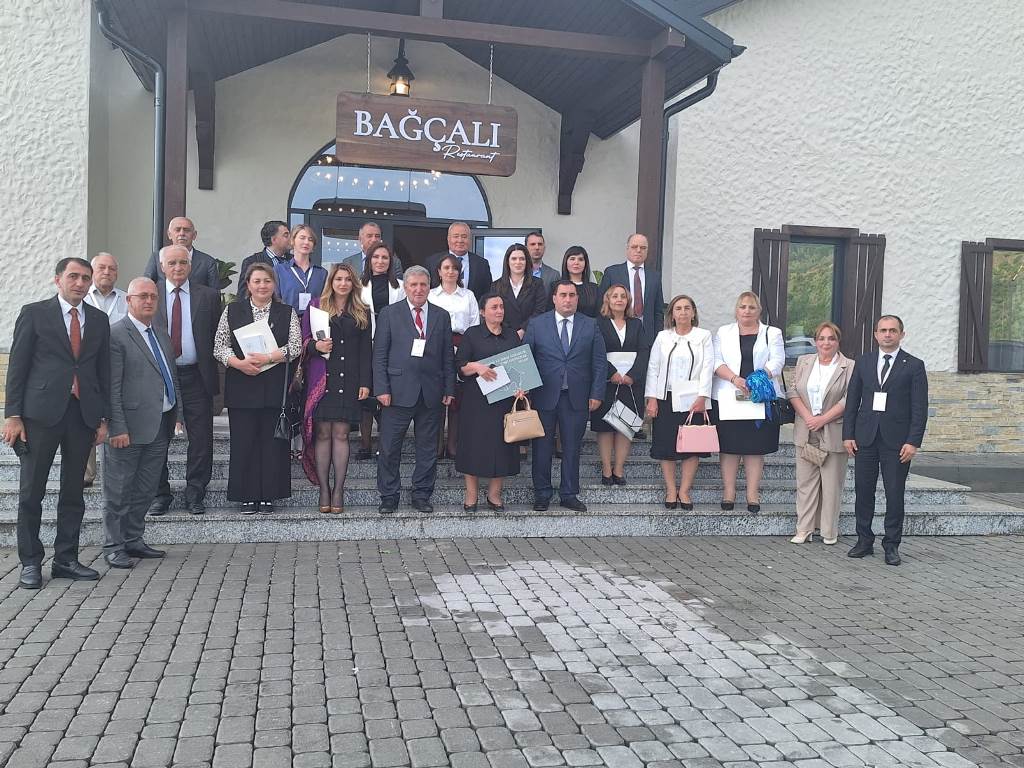

 Elm TV
Elm TV
 Photo
Photo
 Video
Video
